Artificial intelligence (AI) is the field of computer science that aims to create machines and systems that can perform tasks that normally require human intelligence, such as vision, language, reasoning, decision-making, and learning. AI has many applications in various domains, such as health care, education, entertainment, business, and security.
Key Steps for Building an AI Model
Building an AI model is a complex and iterative process that involves several steps and components. In this blog post, we will briefly introduce some of the key aspects of AI model development and the skills and talents required for each stage.
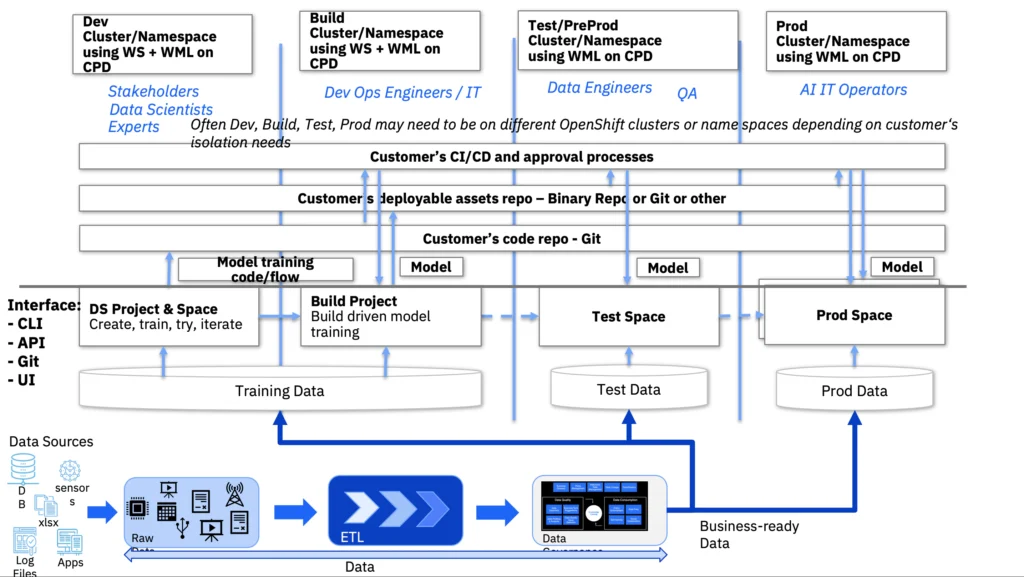
- Define the problem and the objective. The first step is to clearly identify the problem that you want to solve with AI and the desired outcome or goal. For example, you may want to build an AI model that can diagnose skin diseases from images or generate captions for videos. You need to specify the input data, the output format, the performance metrics, and the constraints or limitations of the problem.
- Collect and prepare the data. The next step is to gather the data that will be used to train and test the AI model. Data is the fuel of AI and the quality and quantity of data will largely determine the success of the model. You need to collect relevant and representative data that covers different scenarios and variations of the problem. You also need to preprocess the data to make it suitable for the model, such as cleaning, labeling, augmenting, splitting, and normalizing the data.
- Choose the model architecture and framework. The third step is to select the appropriate model architecture and framework for the problem. The model architecture is the design or structure of the AI model that defines how it will process the input data and produce the output. The framework is the software or tool that provides libraries and functions for building and running the model. There are many types of AI models and frameworks available for different tasks and domains, such as deep neural networks, natural language processing, computer vision, TensorFlow, PyTorch, etc.
- Train and evaluate the model. The fourth step is to train and evaluate the model using the prepared data. Training is the process of adjusting the parameters or weights of the model to minimize the error or loss between the predicted output and the actual output. Evaluation is the process of measuring how well the model performs on unseen or new data using predefined metrics, such as accuracy, precision, recall, etc.
- Deploy and monitor the model. The final step is to deploy and monitor the model in a real-world environment or application. Deployment is the process of making the model accessible and usable by end-users or customers. Monitoring is the process of tracking and analyzing how the model behaves in production and whether it meets the expectations and requirements.
What type of talent needs?
As you can see, building an AI model requires a combination of different skills and talents from various disciplines and domains. Some of the essential skills and talents are:
- Domain knowledge: The ability to understand the problem domain and its context, such as medical terminology, business rules, user needs, etc.
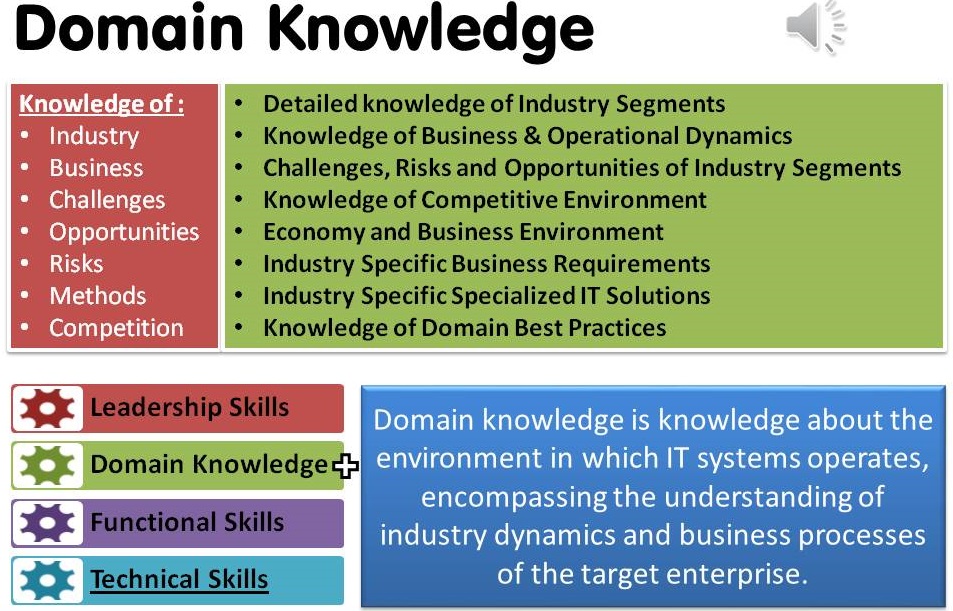
- Data science: The ability to collect, analyze, manipulate, visualize, and interpret data using statistical methods and tools.
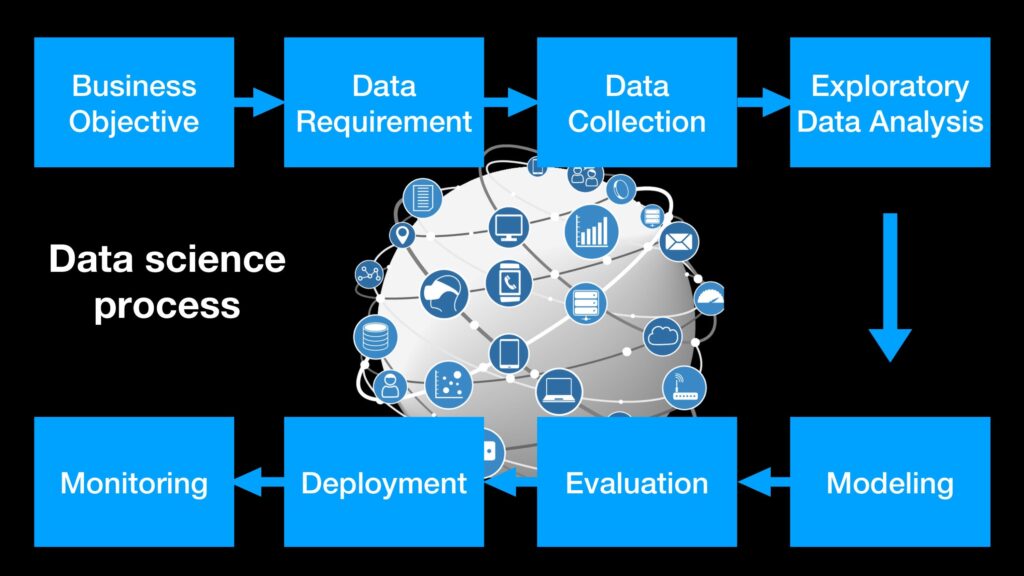
- Machine learning: The ability to design, implement, train, evaluate, optimize, and deploy machine learning models using mathematical concepts and algorithms.
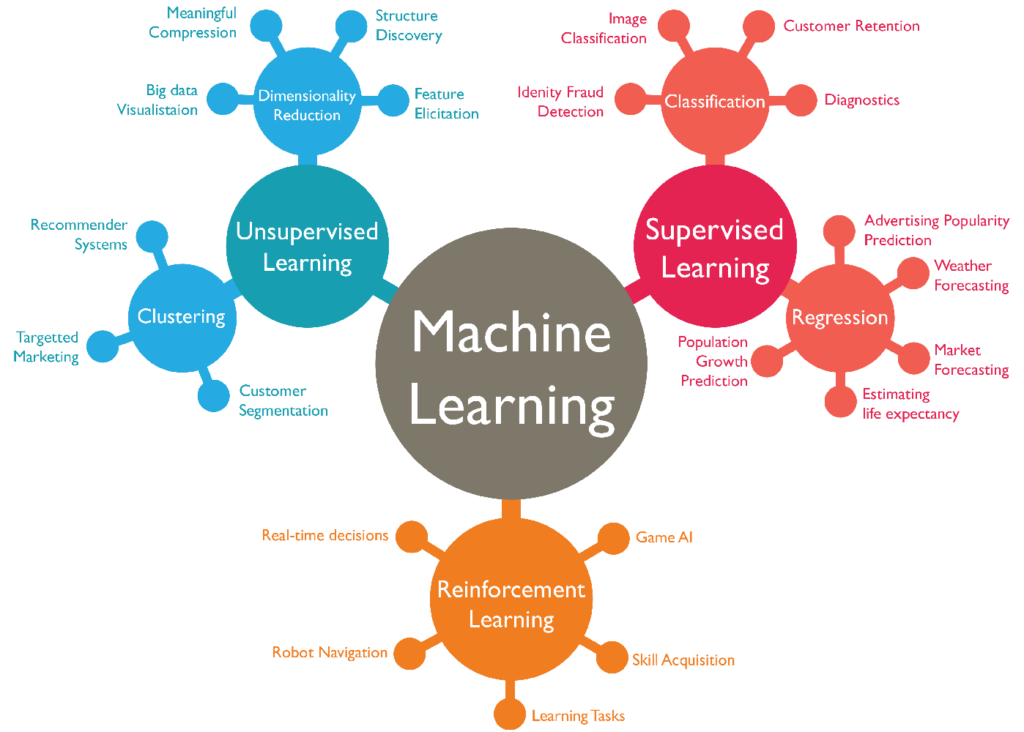
- Programming: The ability to write code in one or more programming languages (such as Python, R, Java) and use frameworks (such as TensorFlow) for developing AI models.
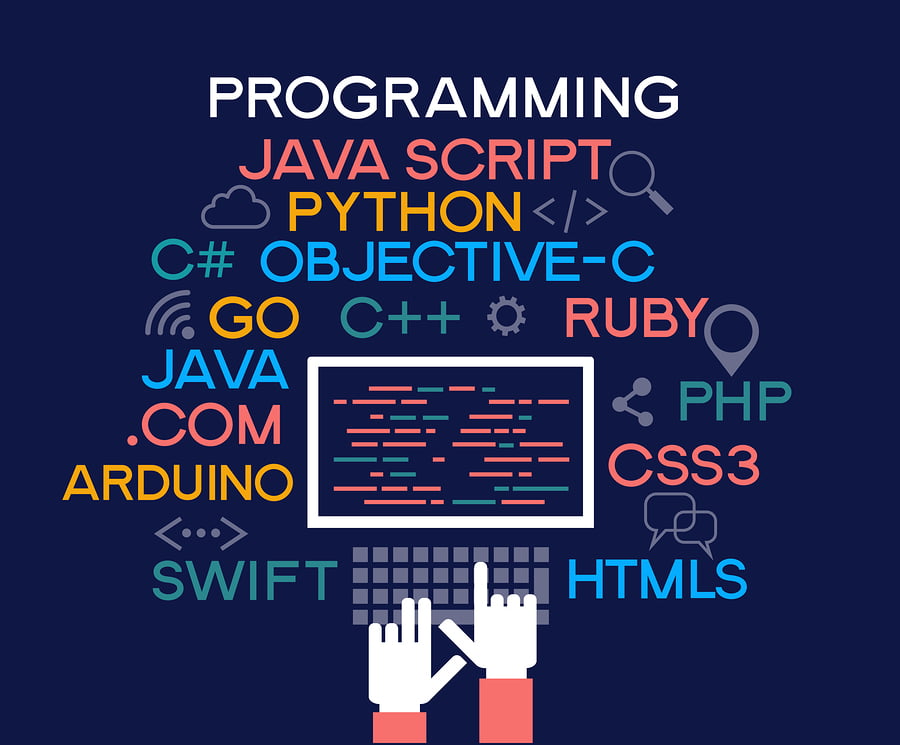
- Communication: The ability to communicate effectively with different stakeholders (such as clients, managers, users) using verbal or written skills.
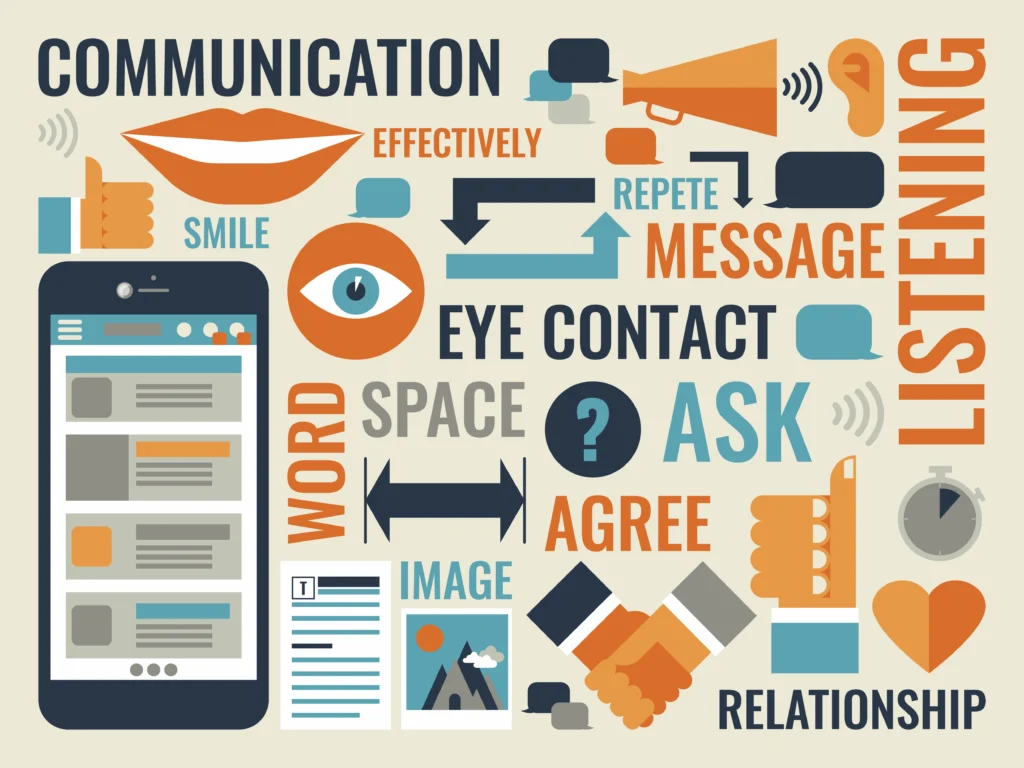
Building an AI model is a challenging but rewarding endeavor that can have a significant impact on society and humanity. If you are interested in learning more about AI or pursuing a career in this field, there are many resources and opportunities available online or offline for you to explore.
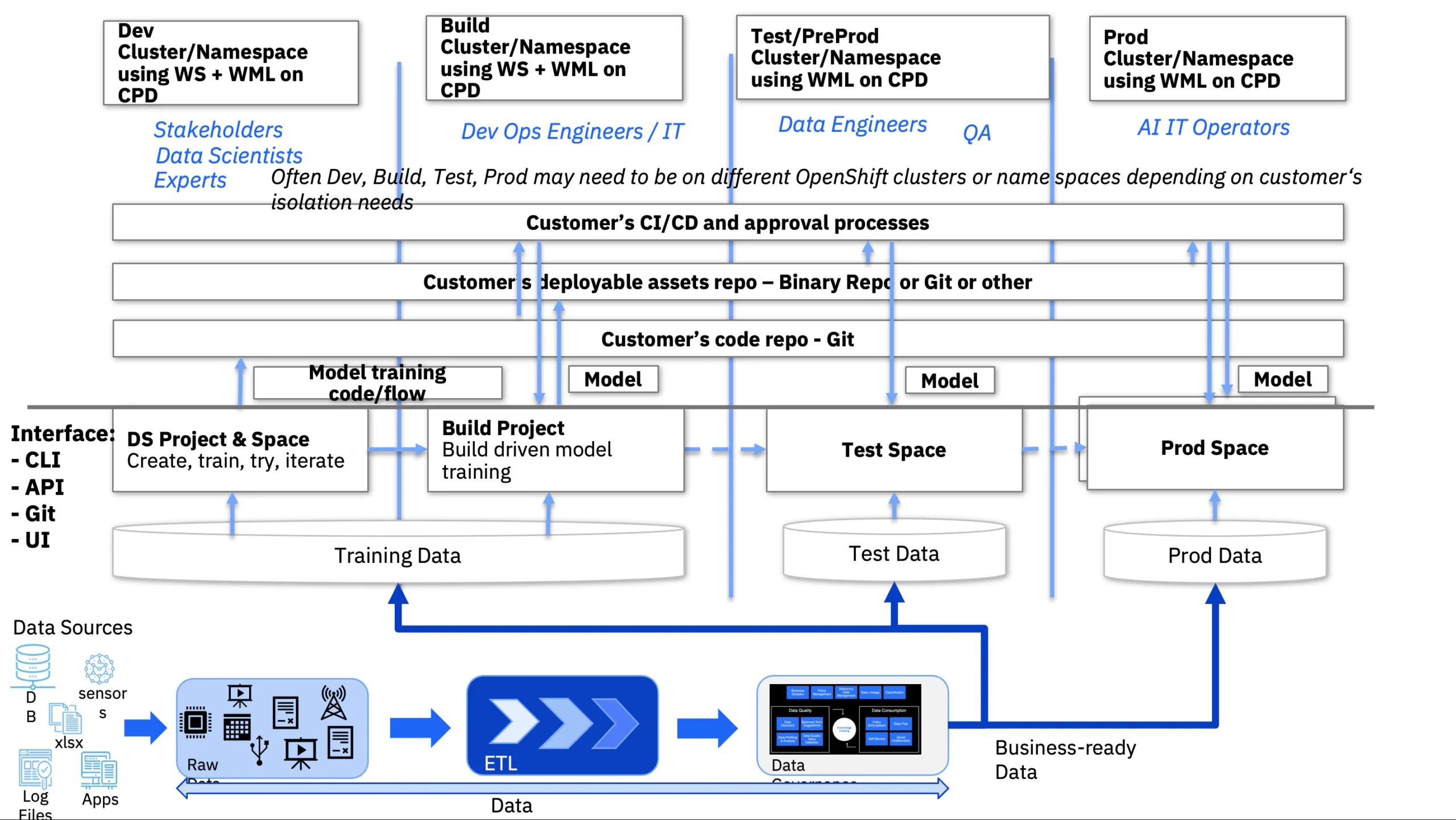


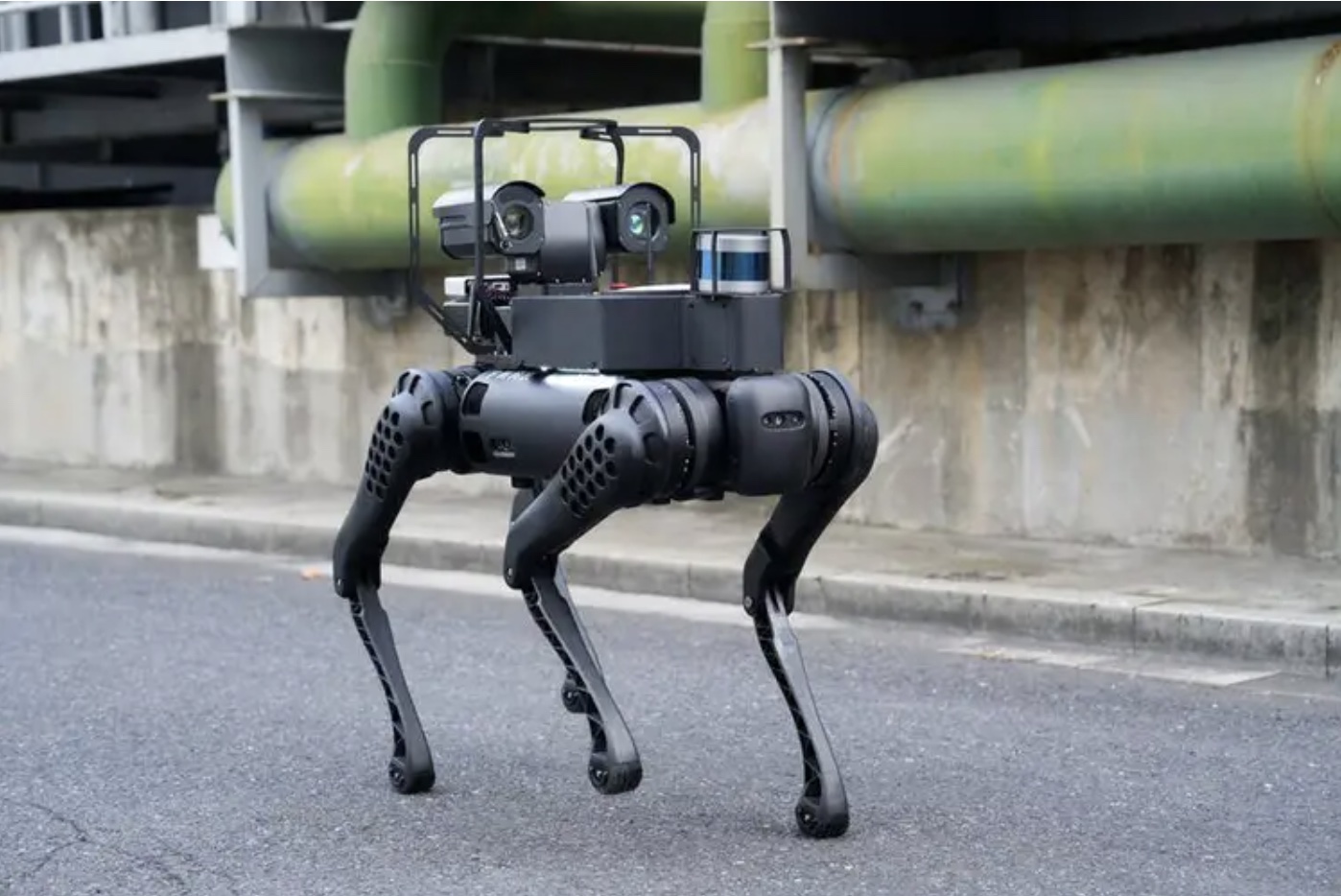
Thank you, your article surprised me, there is such an excellent point of view. Thank you for sharing, I learned a lot.
Thank you for your sharing. I am worried that I lack creative ideas. It is your article that makes me full of hope. Thank you. But, I have a question, can you help me?
Tackled this hard to understand issue with elegance. I didn’t know we were at a ballet.
Beautifully written and incredibly informative, The post has made a lasting impression on me. Thank you for sharing The thoughts.
What a refreshing take on this subject. I completely agree with The points!
Engaging with The work is as thrilling as a spontaneous road trip. Where to next?
I learned so much from this post. The ability to break down hard to understand ideas is something I really admire.
I must admit, The depth of analysis is as attractive as The words. Great work has never looked so good.
You’ve presented a hard to understand topic in a clear and engaging way. Bravo!
Making hard to understand topics accessible, you’re like the translator I never knew I needed.
Your point of view caught my eye and was very interesting. Thanks. I have a question for you.